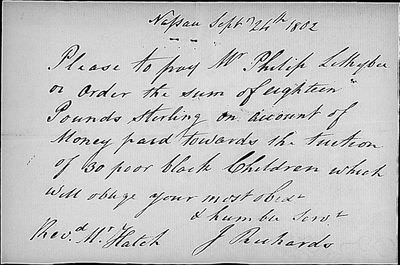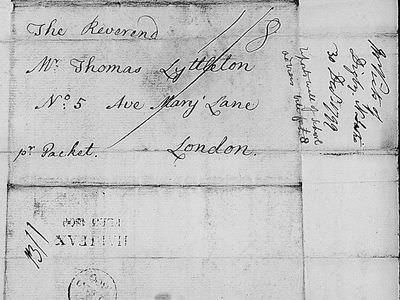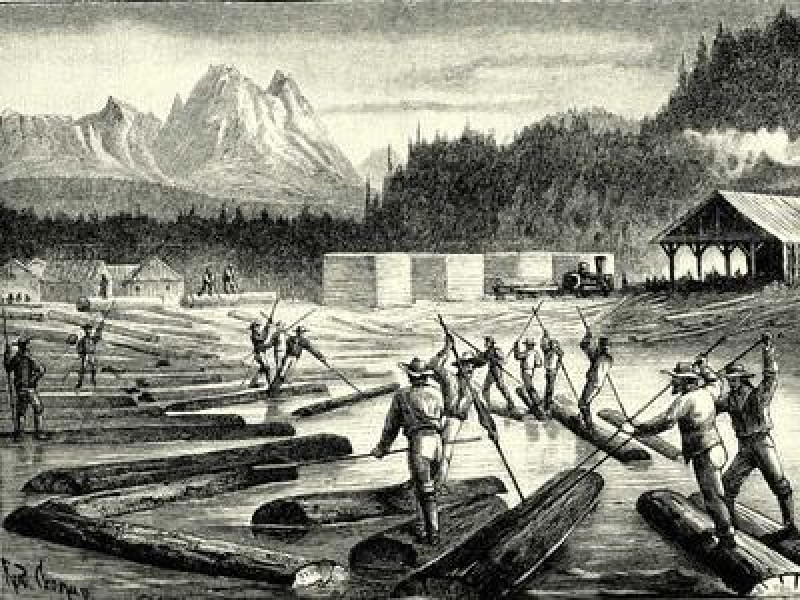'Bray Schools' in Canada, America and the Bahamas, 1645–1900

The archives of the Associates of Dr Bray to 1900
Access the full collection
Access the full archive of 'Bray Schools' in Canada, America and the Bahamas, 1645–1900.
Institutional Free Trial
Start your free trialRegister for a free 30-day trial of 'Bray Schools' in Canada, America and the Bahamas, 1645–1900, for your institution.
Institutional Sales
Visit Sales PagesellFor more information on institutional access, visit our sales page.
Single User License
Purchase a license below to view the full collection.
Already have a license? Sign in.
Learn how religious groups in North America grappled with the moral and economic consequences of slave trade and displacement of Indigenous Native Americans

The Associates of Dr. Bray was a group comprised of English clergymen and philanthropists who created and funded schools for Black, and to a lesser extent, Indigenous North American, children in the American Colonies between 1758 and 1776. Their aim was not only to educate, but also to Christianise their pupils.
This collection contains correspondence files, minute books, and financial reports compiled by the Associates during the period 1724-1900. It also includes some relevant documents that pre-date the organisation itself.
The impact that Bray’s schools had cannot be overstated. His were some of the first schools tasked with eradicating indigenous cultures and replacing them with Christian doctrines. They were founded on the principles of fearing for the souls of their pupils, but seemingly cared little for their freedom from enslavement, nor for their religious or cultural autonomy.
Contents
'Bray Schools' in Canada, America and the Bahamas, 1645–1900...
The archives of the Associates of Dr Bray to 1900
Discover
Volumes
Insights
- The Canadian correspondence focuses on establishing schools in Nova Scotia. The schools were in Digby, Halifax, Hammonds Plains, and Birchtown.
- These items include copies of some 17th and 18th century books that were intended to provide religious guidance. Most of these books were written by the society's founder Thomas Bray.
- Reviews of libraries reveal which books the associates were using to teach the local populations they lived with. Some of these missionaries' libraries were located in England.
- The society's accounts enable the reader to see how finances affected the spread of the schools and how the associates tried to address falling donations during the 19th century.
Unlock Historical Research for Your Institution
Provide your students and researchers with direct access to unique primary sources.












